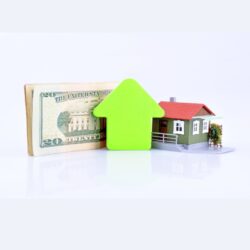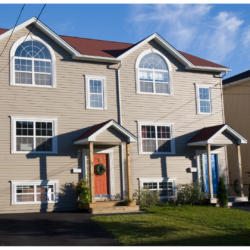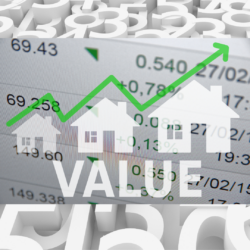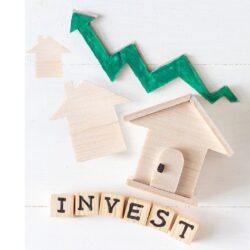How to Increase the Value of Your Duplex, Triplex, or Fourplex in Dallas
How to Increase the Value of Your Duplex, Triplex, or Fourplex in Dallas Investing in multifamily properties such as duplexes, triplexes, and fourplexes in Dallas can be a lucrative venture. Not only do these properties provide a steady income stream, but they also appreciate in value over time. However, increasing the value of your investment Read more about How to Increase the Value of Your Duplex, Triplex, or Fourplex in Dallas[…]









